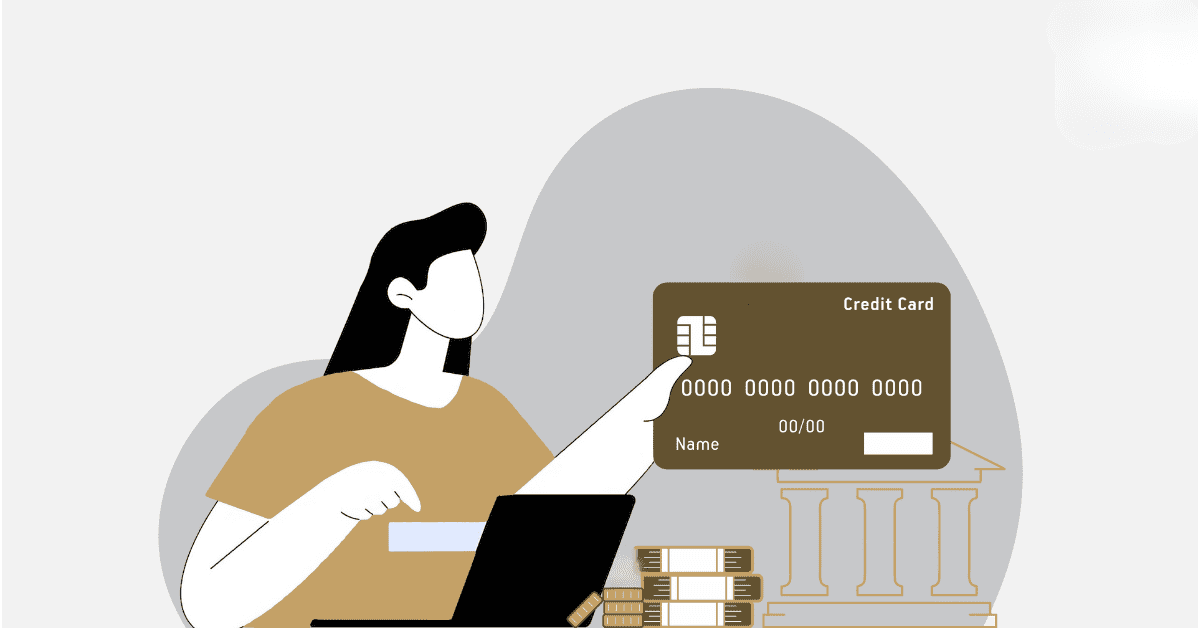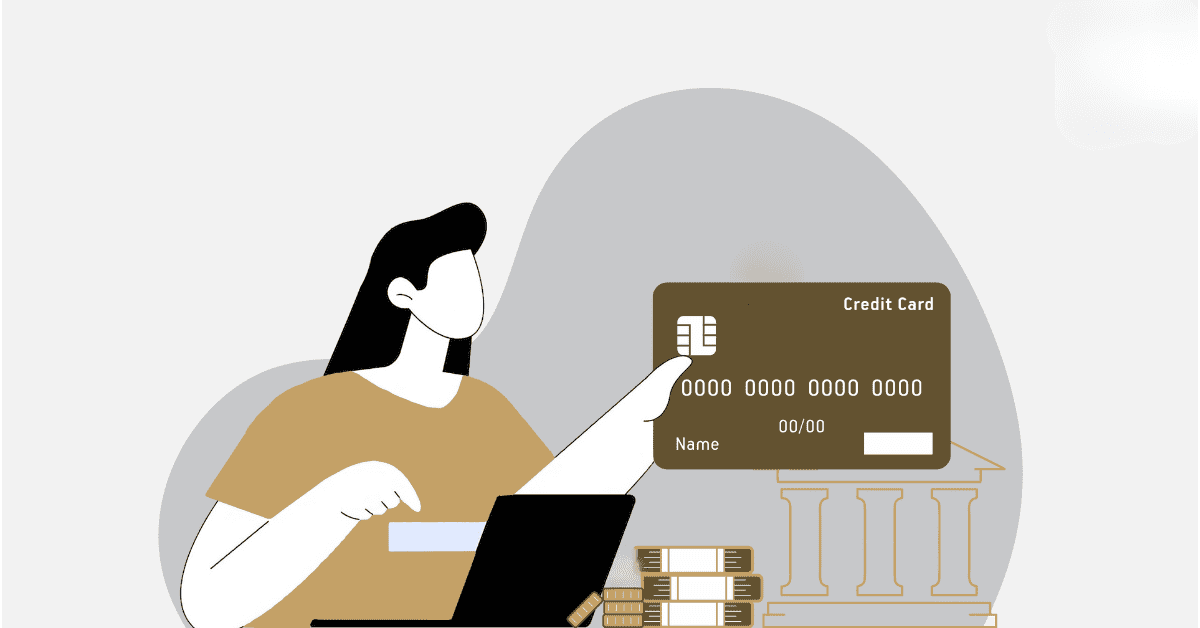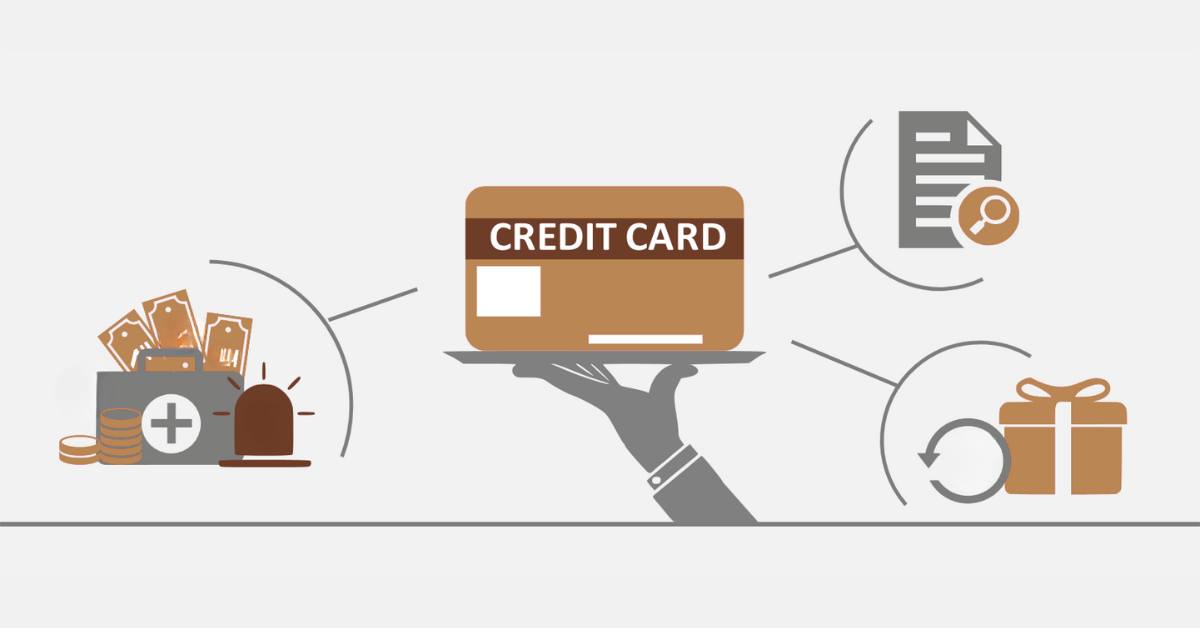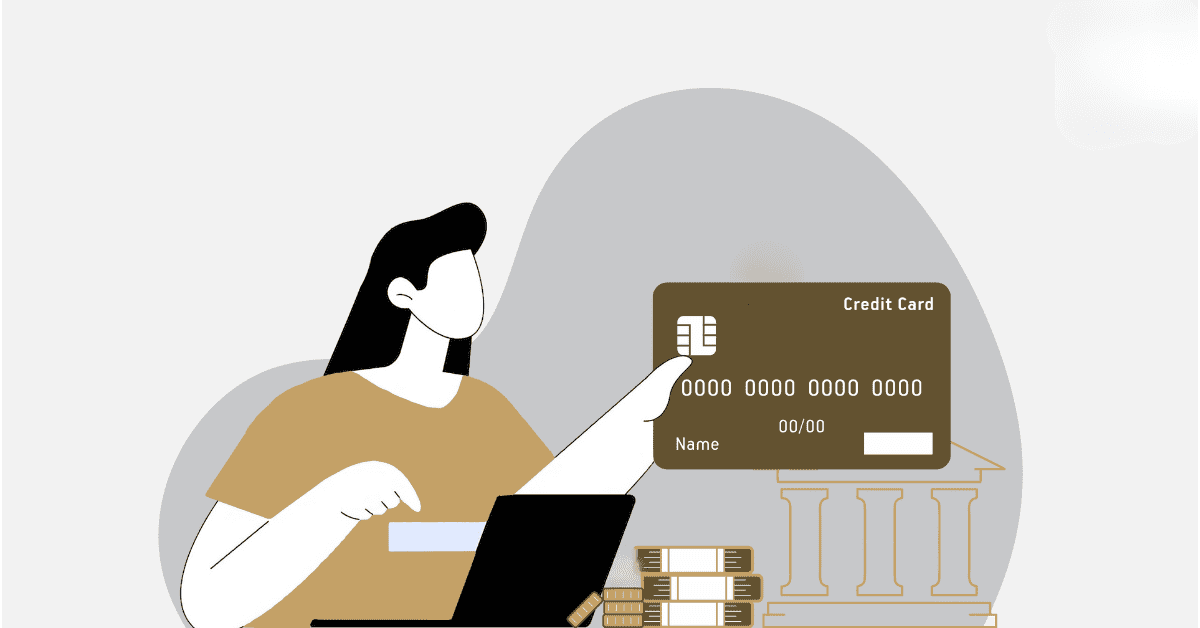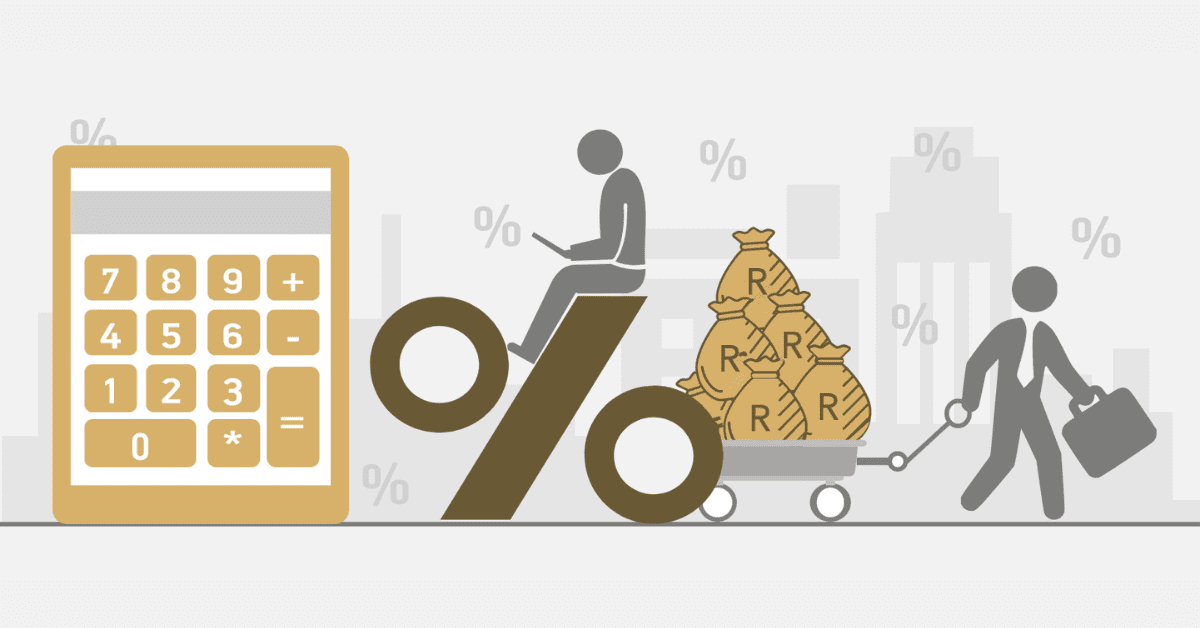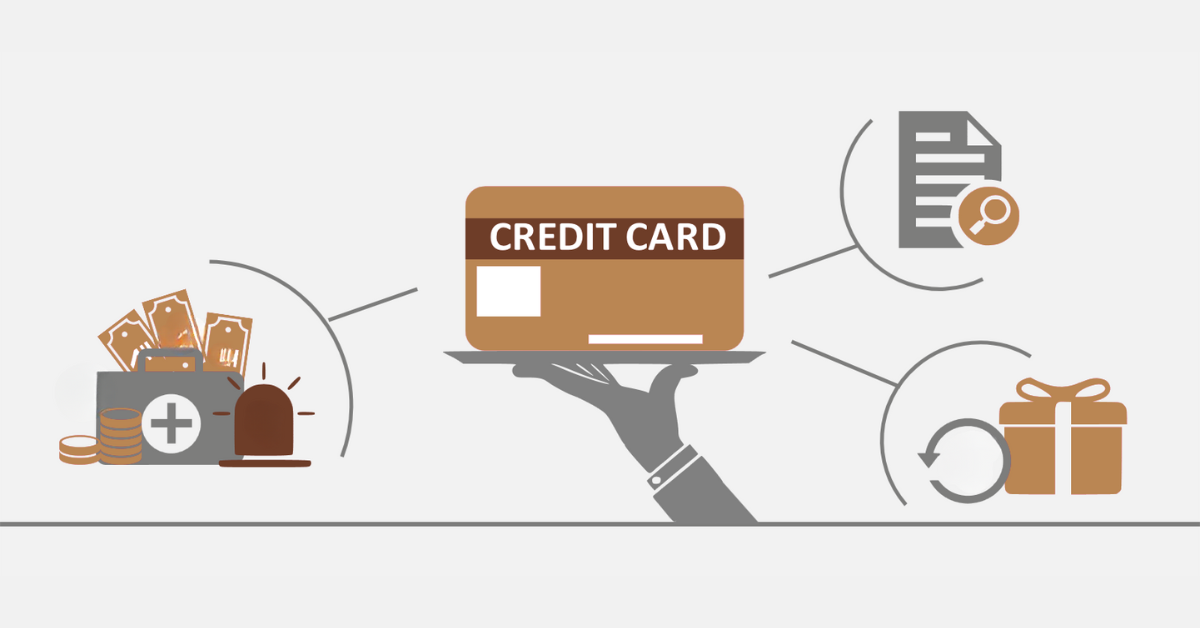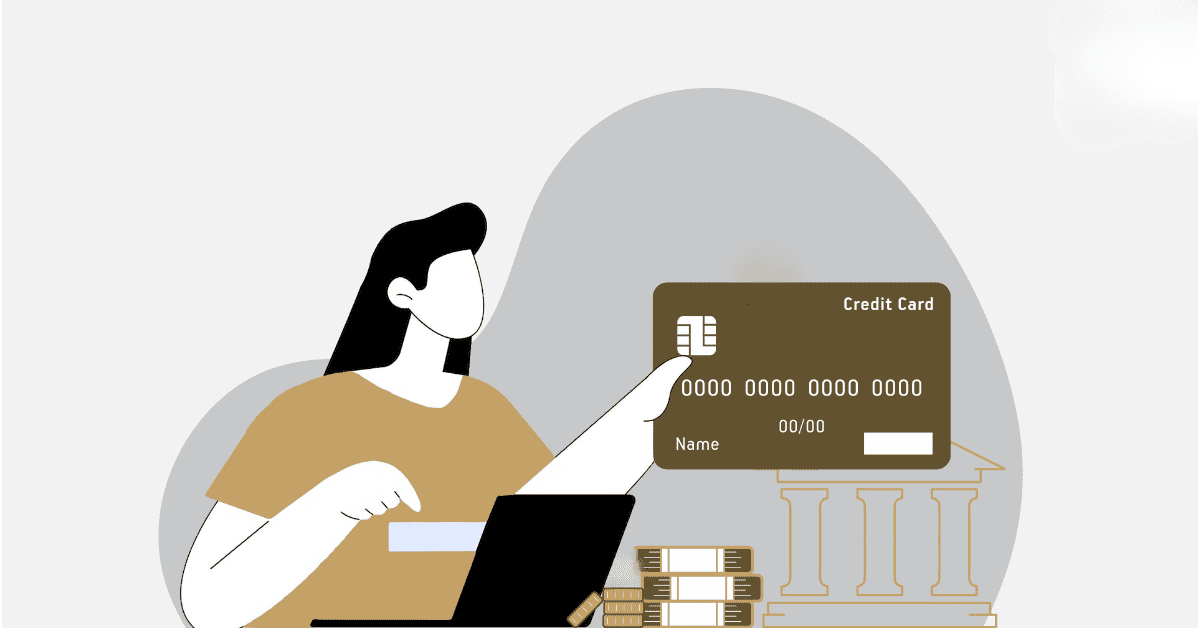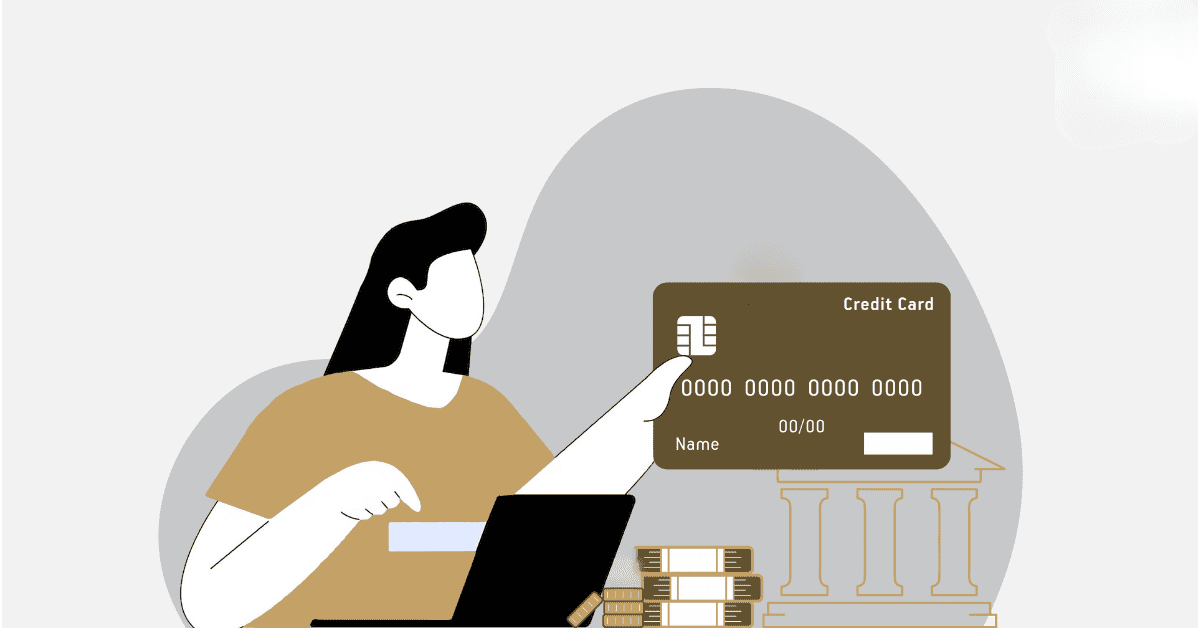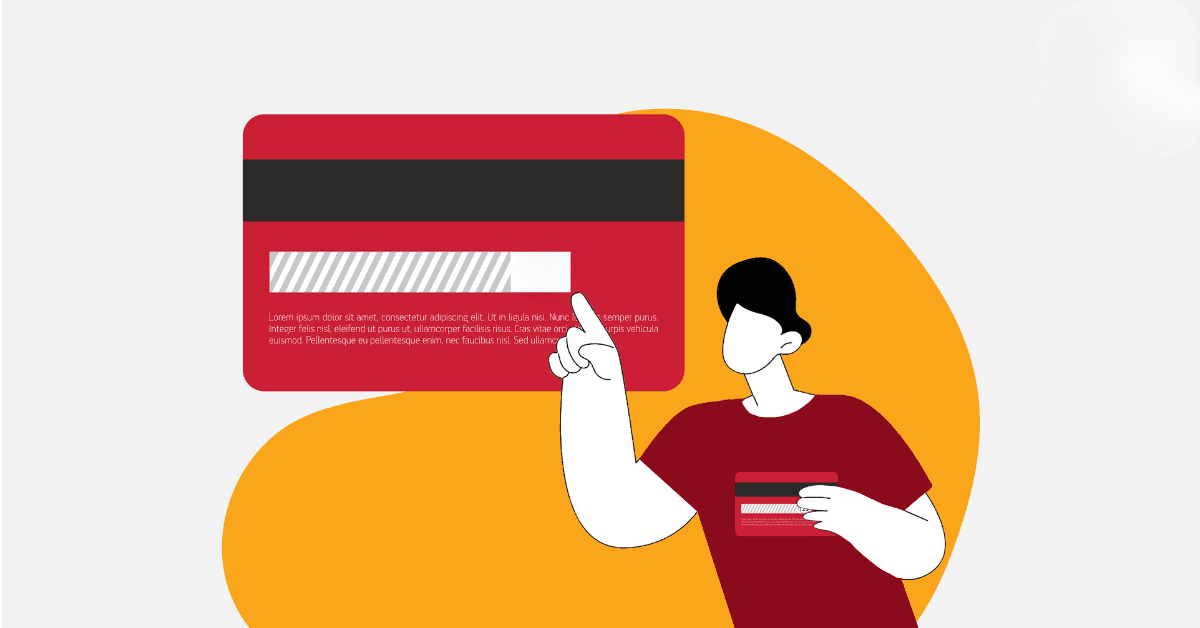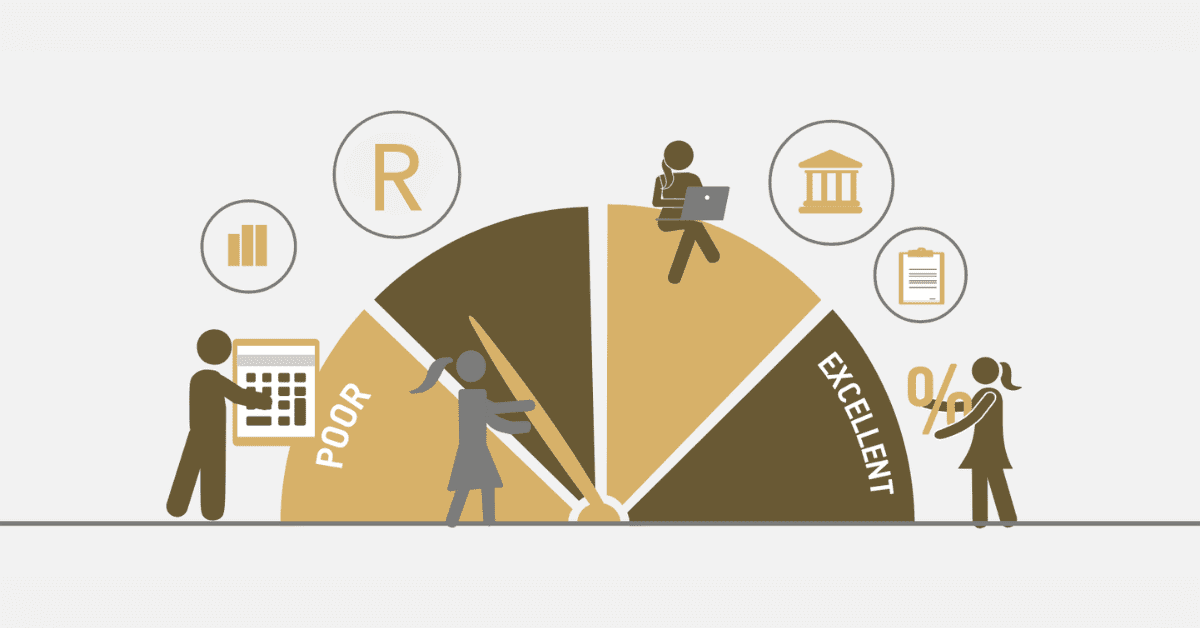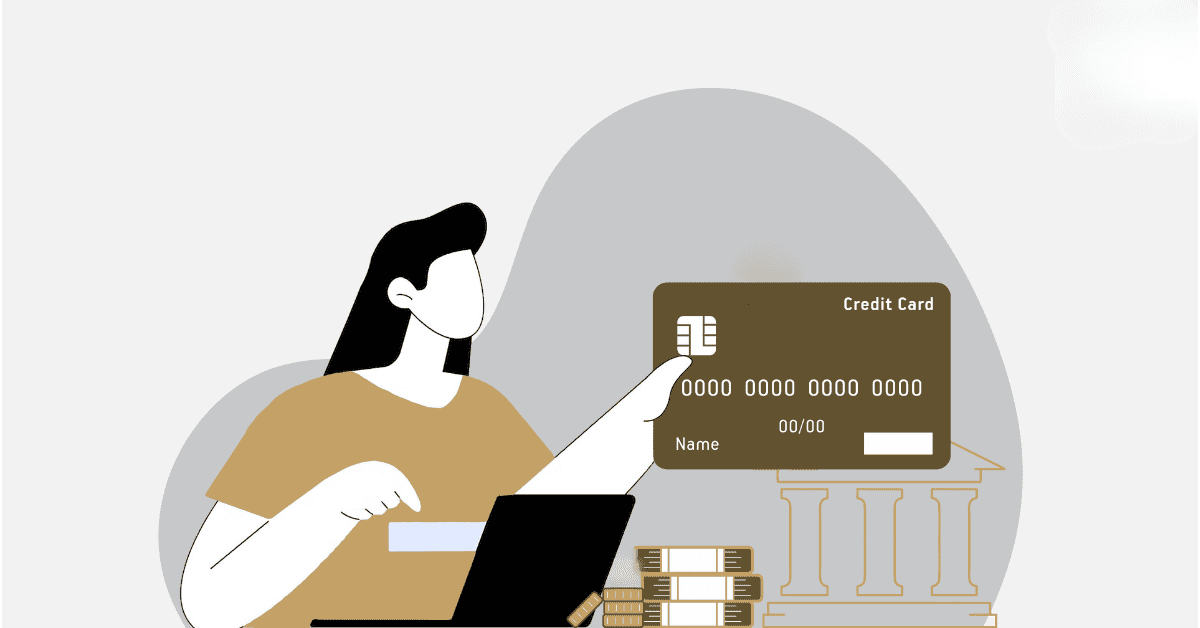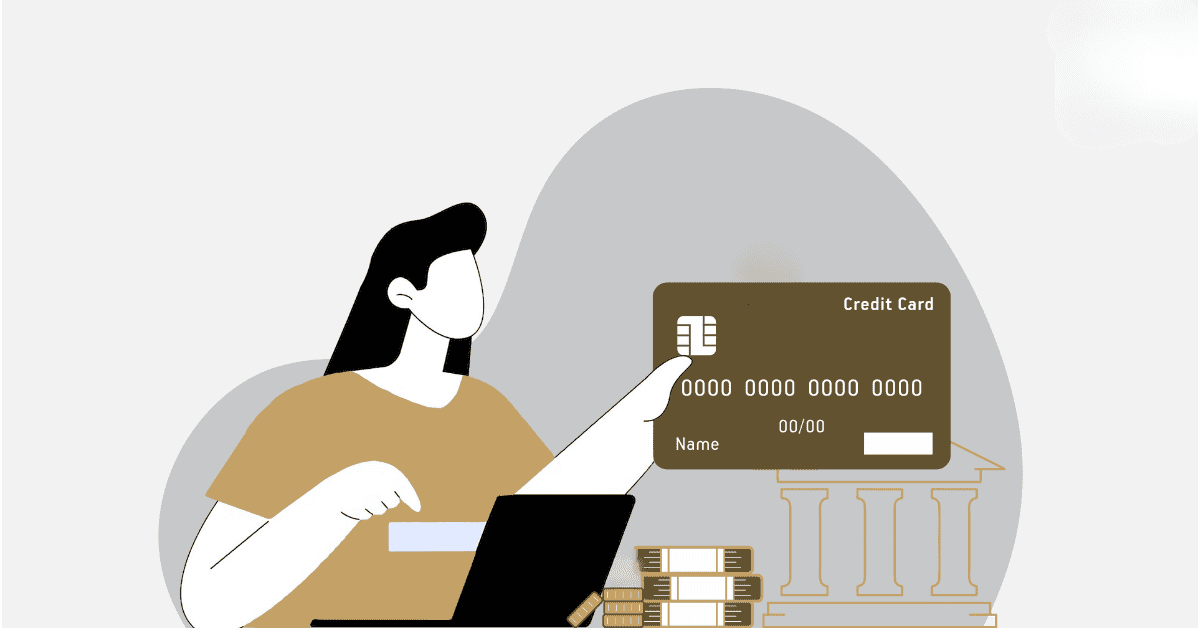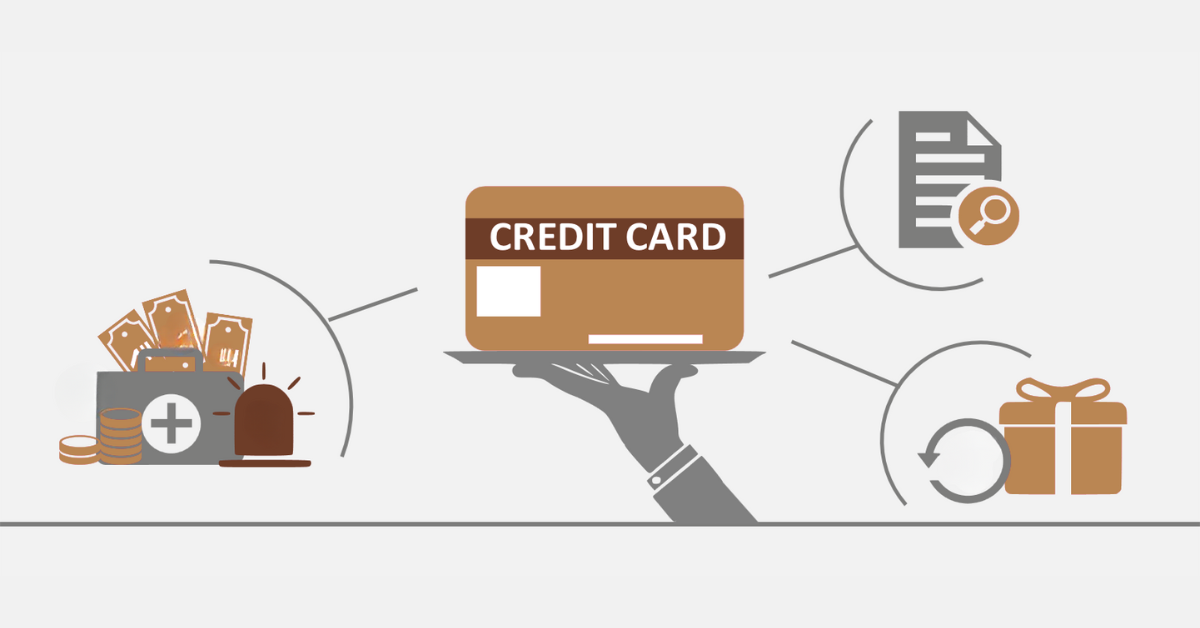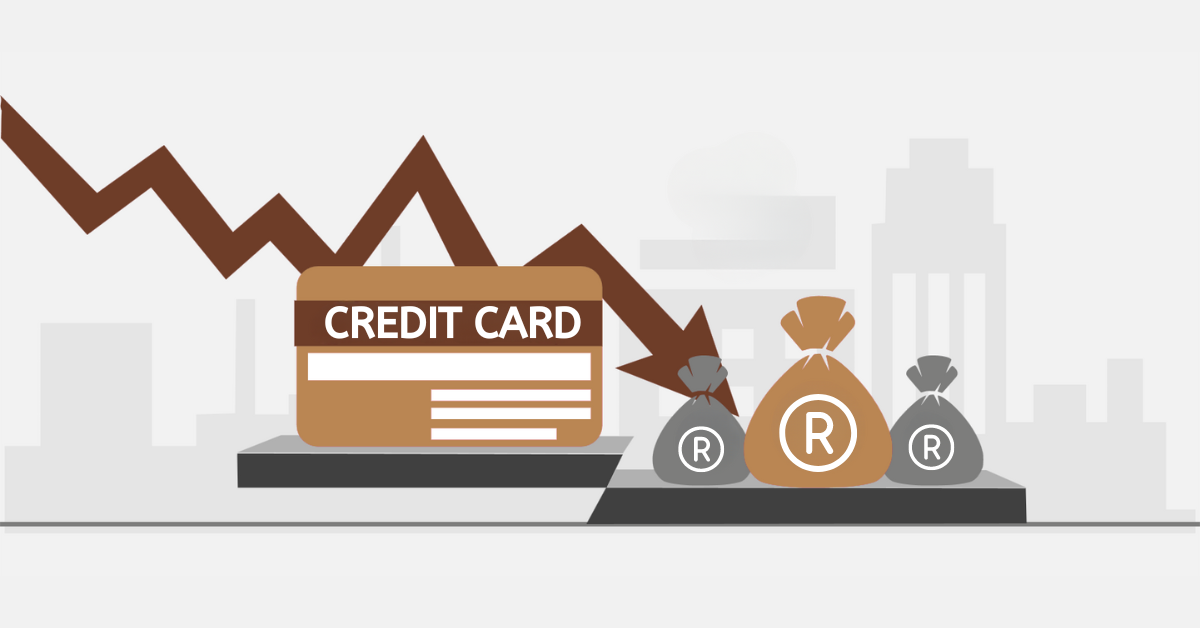A credit card is about the closest thing one might have to a near-omnipresent financial instrument. It combines outright convenience and outright purchasing power for a user in several countries of the world. Still, it cannot be regarded as money in its strictest sense. This posting will look deeply into the basic differences between credit cards and money, considering the characteristics that define money and how credit cards work under these definitions.
Why Credit Card Is Not Considered Money
Credit cards cannot be termed money and do not powerfully satisfy the necessary functions that money must have in an economy. Money is an attribute for making payments, a measure, and a common standard for accounting, but credit cards definitely promise simple payments later in the form of deferred value, not immediate value.
When you use your charge plate, you borrow money from the card issuer to pay for items. The lender pays the merchant, and in return, you—the holder—have to repay it with added interest, usually if a settlement isn’t made within the stipulated period. Of course, this is as opposed to money, which provides instant and final settlement for a transaction.
In addition, credit cards are not money and are not featured in the money supply in any measure since they are not a form of financial asset but a liability to the owner. A credit card transaction yields a loan that has to be paid off with the money, so it isn’t like real money or deposits, which can be normally used for transactions.
That means credit cards provide the possibility for making payments that money does, but they hold intrinsic value on their own and are not a part of the money supply. They act somewhat like a kind of credit, a tool for borrowing, to ease payment, but the payment itself has to be recompensed in the form of actual money.
Is Credit The Same As Money?
In practice, money and credit are distinct notions but which are part-and-parcel constitutive of the financial system. Money is a physical object that works as a unit of account, medium of exchange, and store of value. It is money, coins, and banknotes themselves with which transactions are made and their dimensions measured.
On the contrary, credit denotes the arrangement in which an individual or entity receives money, goods and services now and pays for them after, often at a later date. By definition, credit represents an amount of money borrowed by a party from another with an agreement to return the same amount in the future, possibly with a certain interest charged on it. Credit is actually an intangible amount; it’s actually a promise to pay, which may be provided by the lenders’ trust in the borrowers’ credit.
While credit does give us more buying power, in reality, it doesn’t materially increase the quantity of real money in circulation at all. It’s simply a form of deferred payment, while money is immediate payment. When a person uses a credit card, for instance, they are asking the issuer to make payment on their behalf to the selling organization. The buyer then settles the bill in both interest and principal payments in the future. That’s definitely an instance of credit being used for payment, not money.
What Are The Credit Card Disadvantages?
As effective as charge plates may seem, they have several major demerits that, if not carefully managed, could lead to a financial downturn.
- Heavy interest rates: It includes heavy interest being levied on your other main characteristic problem, more so with the high interest associated with carrying the balance.
- Debt Accumulation: Easy access to advances can lead to overspending and loading loans that may become unmanageable.
- Credit Score Impact: Missing payments or maxing out loan limits can negatively affect your score.
- Fees: Charge plates often have various costs, such as annual, late payment, and over-limit expenses.
- Fraud Risk: Though some checks are placed at some level, no single level of fraud can be avoided on a credit card, and there is the inconvenience that follows through in its dealing. That’s because many of the aspects surrounding credit card agreements are very complex and sow confusion over deep and important details of the terms and conditions, specifically with regard to the interest rates and fee structures.
How Does A Credit Card Make Its Money?
A credit card company’s main source of income may be a combination of interest charges, fees, and transaction charges.
- Interest Charges. This is the highest source of income for credit card issuing organizations. If a cardholder doesn’t pay in full each month, then he is charged some interest on his remaining amount.
- Fees charged to cardholders. Cardholders are charged for some costs, e.g. annual fees, and others default on the credit cards, all of which provide profit for the credit card company. On top of this, they also charge for late payments and cash advances, among others.
- Transaction Fee borne by Merchants. Every time the buyer makes a payment through a credit card, the merchants must pay a certain fee to the issuer through this plastic money. This pre-defined fee, interchangeably named interchange fees, is a certain percentage of the whole transaction and is pre-defined in the merchants’ agreement.
